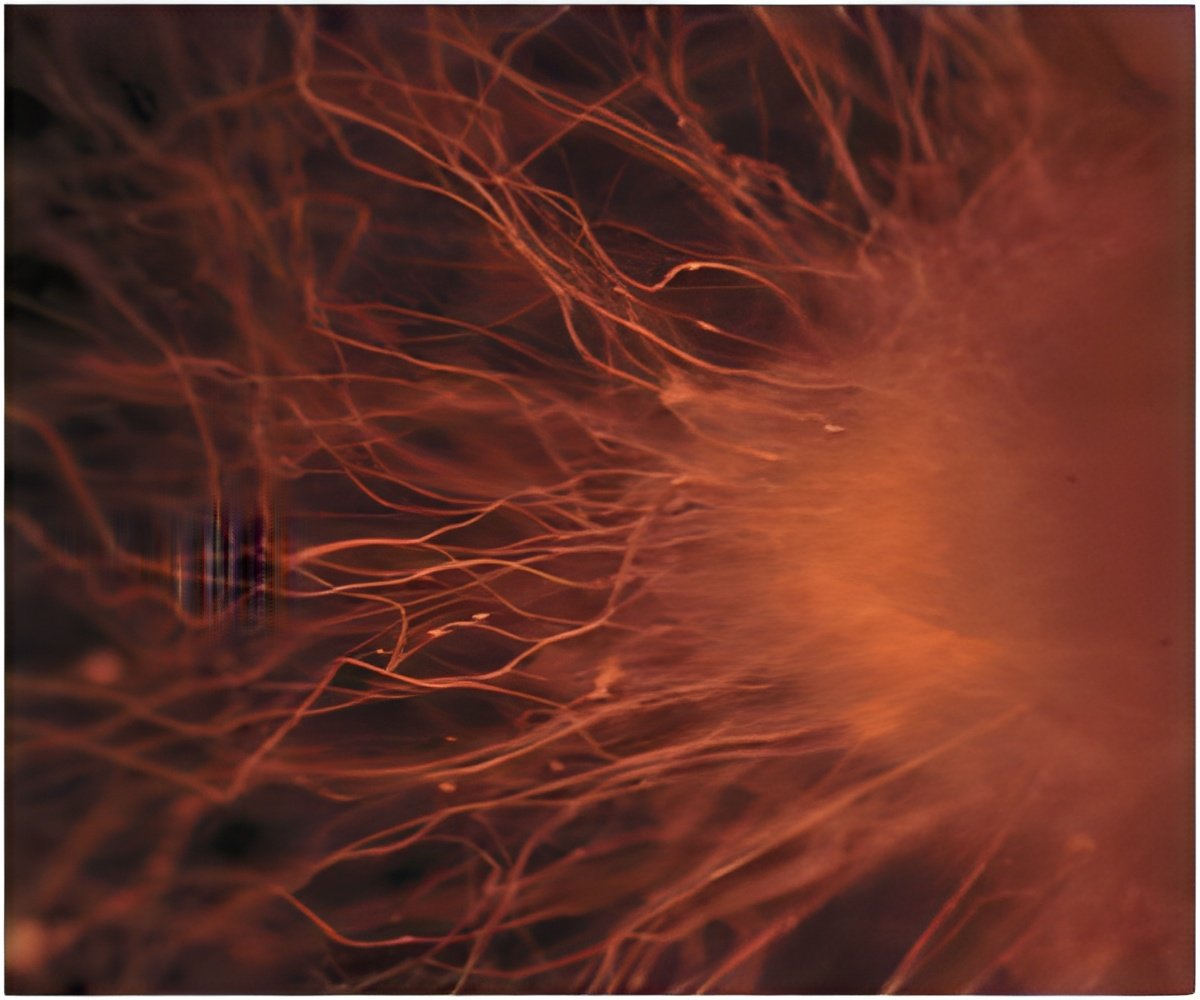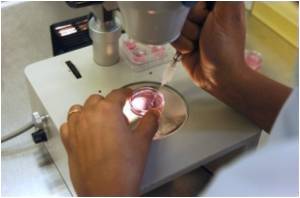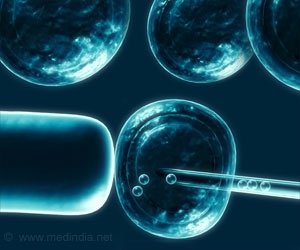Stem cell pathology throws new light on the behavior of sebaceous glands in the skin that are responsible for natural moisture of the skin and perform other functions.

‘The behavior of stem cells throws new light on the skin pathology as to how the sebaceous glands are maintained throughout life by stem cells.’
Read More..




Most people are familiar with the sebaceous glands which are responsible for moisturising the skin, and during puberty sometimes more so. But even though the glands are a main component of our skin, scientists know surprisingly little about how they form and how they are subsequently maintained.Read More..
In a new study, researchers from the Biotech Research & Innovation Centre (BRIC) and the Novo Nordisk Foundation Center for Stem Cell Biology (DanStem) at the University of Copenhagen have gained new insight into how the skin, and in particular the sebaceous gland, forms during development and how it is replenished throughout life. Moreover, they reveal how a mutation often found in cancer affects normal cell behaviour.
’We demonstrate for the first time ever how the sebaceous glands that contribute to the natural moisture of the skin are formed and how they are maintained throughout life by stem cells. This knowledge may be transferred to individuals with sebaceous gland conditions, e.g. acne or very dry skin’, says Postdoc Marianne Stemann Andersen from BRIC.
At the same time, the study shows that the behaviour of the stem cells changes when the researchers introduce a specific and frequently found cancer mutation to the skin stem cells. Surprisingly, the mutation did not as expected cause cells to divide more often; instead stem cells had a tendency to generate more stem cells and not mature sebaceous gland cells when they divided.
’In this case, the result is a sebaceous gland which - similar to tumours - continues to grow. We hope this knowledge can contribute to the design of better cancer treatment’, says Associate Professor and Head of the Study Kim Jensen from BRIC and DanStem.
Advertisement
In the study, the researchers tracked stem cell division in the skin of live mice. Here individual stem cells were coloured with fluorescent proteins. This enabled the researchers to follow stem cells during a number of cell divisions and essentially generate family trees describing the heritage of individual cells.
Advertisement
In mice where the researchers introduced a specific mutation often found in human cancers into stem cells of the sebaceous gland this behaviour changed dramatically. Here even in adult mice the sebaceous gland continued to grow.
’We used to believe that this mutation led to more frequent cell divisions. However, our research shows that its effect on how often cells divide is very mild. Instead, stem cells with the cancer mutation are much more likely to divide into two new stem cells than generating mature sebaceous gland cells. This explains why the sebaceous gland continues to grow after we introduce this mutation to the skin’, says Postdoc Svetlana Ulyanchenko from BRIC.
’In connection with cancer therapies that target cells that divide frequently, this means that cancer cells and normal cells are just as likely to be targets of the treatments. If we are able to determine what controls how often cells divide when mutated, we may be able to develop therapies that specifically affect cancer cells’.
In the future, the research team headed by Associate Professor Kim Jensen wants to expand its analysis to other cancer mutations and study how different mutations in the same cell interplay and change stem cell behaviour. According to the researchers, such studies would offer a main basis for far more effective cancer treatment.
Source-Eurekalert















